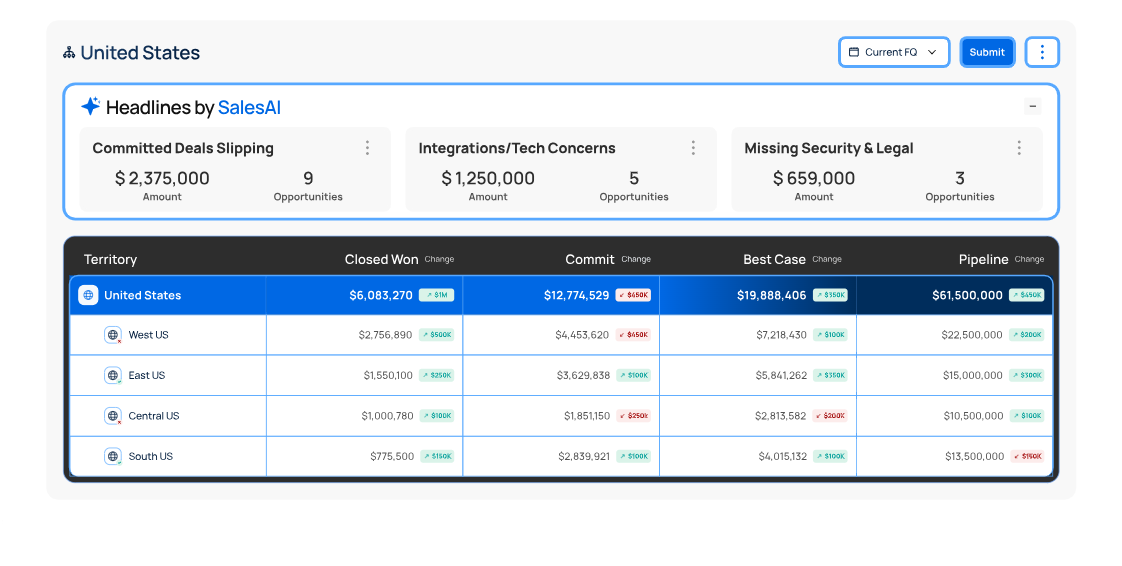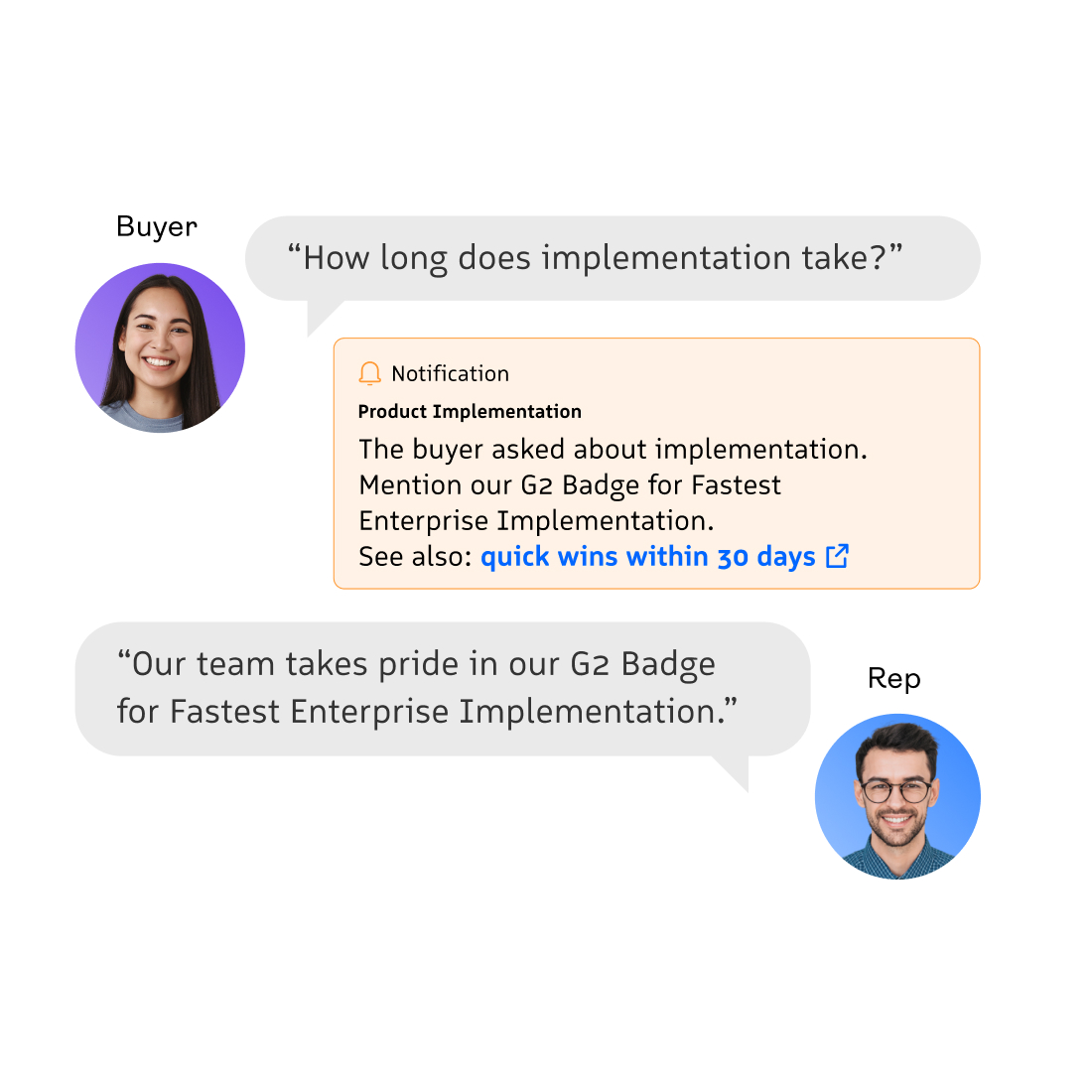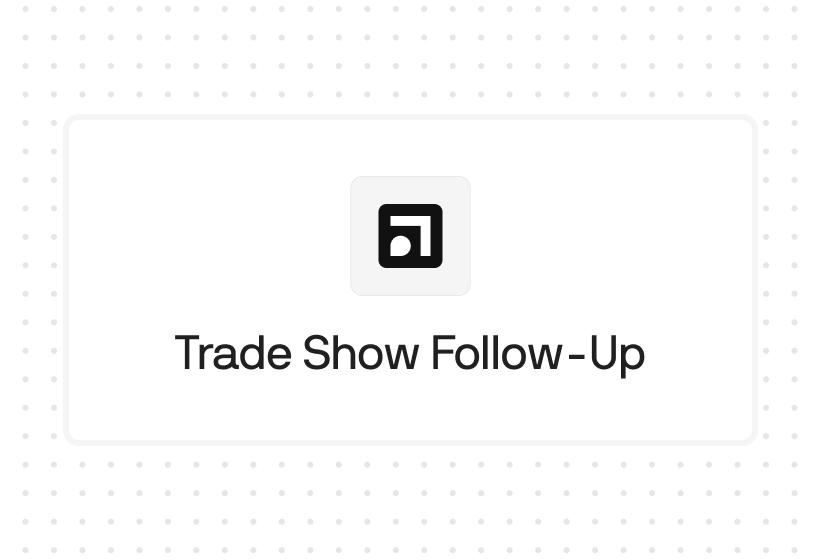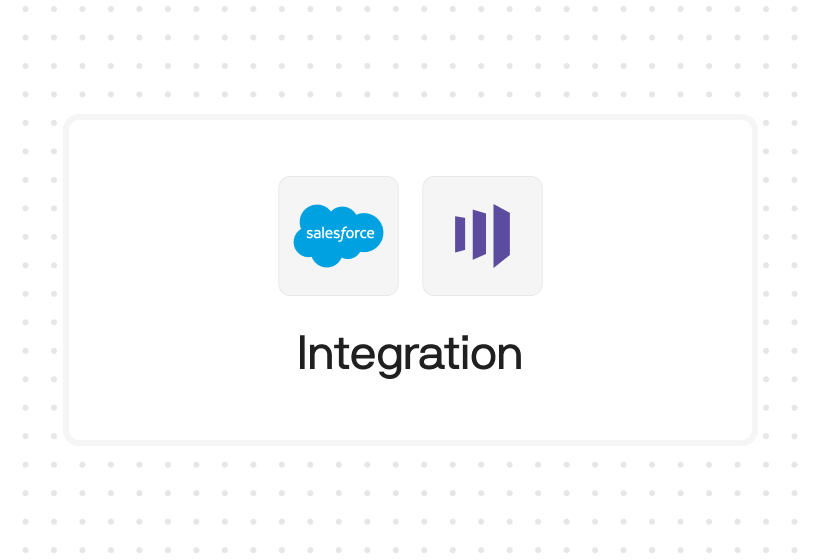Try Default

See how revenue teams automate revenue operations with Default.

Key Takeaways
- Clari excels at enterprise forecasting, with strong accuracy and pipeline visibility for large sales orgs.
- For leaner GTM teams, that same depth often creates overhead—long rollouts, heavy admin, and features that go unused.
- Default is purpose-built for RevOps operators, automating inbound from form fill to booked meeting to deliver speed, control, and conversion without the complexity.
Quick Clari review summary
You can’t grow revenue on gut feel alone. The real challenge for RevOps leaders is turning scattered CRM data and inconsistent rep activity into forecasts the business can trust. That’s the problem Clari sets out to solve.
Clari is built for enterprise sales environments. It pulls together CRM data, activity signals, and AI predictions—giving CROs and large sales teams visibility into pipeline health, forecast accuracy, and deal risk.
The trade-off? Complexity. Clari’s setup is slow, the workflows are heavy, and it requires ongoing admin resources. For enterprises with mature sales ops, that investment can make sense. For lean GTM teams, it often means long rollouts, shelfware, and features that never get used.
This review breaks down Clari’s strengths, limitations, and the best alternatives—so you can decide whether it’s worth the cost and complexity in 2025.
Businesses and industries Clari works best for
Clari is built for enterprise sales orgs with big, complex pipelines. It performs best where sales cycles are long, deals have multiple stakeholders, and layered forecasting is a must.
- Enterprise SaaS: Strong at forecasting recurring revenue across large customer bases.
- B2B tech and IT services: Brings together SDR, AE, and CS activity data to improve deal execution.
- Manufacturing and industrial sales: Useful for territory-based forecasting, though customization is limited.
- Life sciences and MedTech: Helps manage large rep networks, but adoption is slow without dedicated enablement.
- Telecom and infrastructure: Handles multi-region forecasting, though often requires custom CRM mapping.
Clari’s real strength is in industries where forecasting discipline outweighs speed. But if you’re running lean GTM teams, those long rollouts and unused features aren’t just overhead—they slow down revenue capture. Default is built for operators who need to adapt daily, not quarterly.
What businesses can expect from Clari
When teams roll out Clari, here’s what they actually get:
- Predictive forecasting: AI looks at CRM signals, rep activity, and deal progress to sharpen forecast accuracy.
- Pipeline inspection: Identify stalled or risky deals, track movement over time, and coach reps in context.
- Revenue analytics dashboards: Roll up insights on pipeline coverage, conversion rates, and attainment.
- Salesforce-native integration: Bi-directional sync supports deep reporting—assuming your Salesforce hygiene is solid.
- Deal timelines: A visual record of deal progression, activities, and buyer engagement.
- Activity tracking: Automatic logging of emails, meetings, and rep actions into CRM.
Enterprises can absorb Clari’s weight in exchange for tighter forecasting controls. But if you’re judged on speed-to-lead and pipeline conversion, every extra admin step is lost revenue. Default cuts out the friction, giving RevOps teams workflows they can launch immediately.
Key details and features
Clari’s core features give enterprise teams powerful forecasting and pipeline oversight—but they require time, setup, and admin support to work effectively.
Clari’s feature set rewards teams that can afford admins to keep the engine running. For everyone else, complexity quickly outweighs utility. Default keeps the power but strips out the drag—so ops leaders can ship workflows without a rollout plan.
Pros of Clari
- Forecasts leaders can trust: Operators say Clari helps surface risk earlier and gives CROs more confidence in the number they commit.
- One place for pipeline visibility: Instead of juggling spreadsheets, leaders can review forecasts, activities, and deal progress in a single system.
- Deep Salesforce sync: The integration pulls data cleanly without middleware—cutting down on the daily ops firefighting.
- Enterprise rollout support: Large orgs benefit from structured onboarding and dedicated CS teams that keep deployments moving.
These are real advantages if you’re a CRO running global forecasts. But most GTM operators aren’t trying to win forecast roll-ups—they’re trying to move pipeline. That’s where Default comes in: execution speed over enterprise ceremony.
Cons of Clari
- Too much tool, not enough use: Users note features that never get touched—leading to shelfware instead of adoption.
- Slow and costly rollouts: Implementations often run 8–16 weeks and need extra services or admin resources just to get going.
- Clunky to navigate: Several operators admit they still keep a side spreadsheet because the UI isn’t intuitive enough for daily deal tracking.
- Rigid customization: Dashboards and templates don’t flex easily, and some features overlap with tools teams already use.
Every one of these drawbacks hits lean ops teams hardest. The irony? The very teams trying to move fastest get slowed down the most. Default removes those blockers by making inbound execution the core, not an afterthought. Get your free interactive demo today.
What are the best Clari alternatives?
If your goal is automating inbound GTM workflows end-to-end, Default is the clear choice. It’s built for RevOps and growth operators who need speed, flexibility, and consistent pipeline conversion—without the bloat that comes with enterprise forecasting platforms.
Other tools fill narrower gaps. BoostUp and People.ai offer lighter forecasting for smaller sales teams. Revenue.io leans into call coaching and rep enablement. Each has its place, but none deliver the full inbound automation layer that Default provides.
1. Default

Default is the workflow-first orchestration platform for RevOps and demand gen teams who need to move fast. Where Clari doubles down on forecasting, Default automates the inbound funnel—from capture and enrichment to routing, scheduling, and CRM assignment.
With Default, you plug forms, intent signals, enrichment vendors, and CRM actions into a single workflow—no engineering dependency, no ops bottlenecks.
Key features
- Workflow canvas: Drag-and-drop builder for complete inbound flows. Connect enrichment, routing, scheduling, CRM assignments, and notifications in minutes.
- Real-time routing and enrichment: Enrich leads instantly with Clearbit, Apollo, 6sense, and more. Route based on ICP fit, territory, or behavior—turning form fills into meetings automatically.
- Instant scheduling with fallback logic: Embed branded calendar links. If a rep isn’t available, fallback automations reassign or hold the lead so conversions don’t slip.
Together, these features eliminate inbound bottlenecks and turn fragmented processes into conversion-ready workflows.
Pricing
Default also includes unlimited free editor seats so marketing, sales, and ops can collaborate without extra cost. Plans scale with usage, not headcount.
Where Default shines
- Full-funnel automation: From form fill to CRM routing, Default runs the inbound sales journey automatically.
- No engineering dependency: Ops teams launch and iterate without tickets.
- Scales with usage: Works as smoothly for 50 leads a week as it does for 5,000.
Where Default falls short
- Not for finance-led forecasting: If your main goal is board-level forecast rollups, Clari still has the edge. Default is built for GTM execution, not financial modeling.
Customer reviews
“It takes the headache out of inbound scheduling and qualification. We're able to set qualification parameters so if someone signs up and meets our ICP, they can instantly book a meeting with a sales rep, eliminating the back and forth and saving us hours.
Plus, the way it integrates with our existing tools like Hubspot and Slack makes the whole process feel seamless. Our inbound conversion rate went up significantly thanks to Default!”
— Brandon P., Head of Marketing (via G2)
“The product fixes every possible problem you could imagine when handling inbounds - be it qualification, routing or tracking. Additionally, the fact that the entire product is plug-and-play makes endless customization a breeze. What used to take us hours in our inbound management process, now takes us seconds to achieve. Moving from a completely manual inbound process to default.com, especially when experiencing hypergrowth definitely helped us scale in the right way.”
— Pankaj J., verified G2 review
Who Default is best for
- RevOps leaders who want clean handoffs, synced data, and faster speed-to-lead without engineering support.
- GTM teams at high-growth companies consolidating fragmented inbound tools into one system.
- Demand gen and performance marketers optimizing conversion flows without waiting on ops tickets.
Default isn’t just a Clari alternative—it’s a purpose-built inbound automation layer for operators who own pipeline accountability.
Book your personalized demo today.
2. People.ai

People.ai is a revenue intelligence platform that leans into activity capture and forecasting support. It’s designed to pull emails, meetings, and CRM interactions into one place, giving leaders more visibility into rep behavior and pipeline health.
It’s a fit for mid-market teams that want lighter forecasting and better activity data without going all-in on an enterprise platform like Clari. But People.ai’s scope stops there. It doesn’t orchestrate inbound workflows or handle routing, sales scheduling, and enrichment—the areas where Default is built to deliver speed and conversion.
3. Revenue.io

Revenue.io is positioned as a Salesforce-native conversation intelligence and sales engagement platform. It uses AI agents and real-time guidance to coach reps, enforce playbooks, and surface performance insights throughout every call.
This makes it a smart fit for call-heavy teams that prioritize conversation execution and rep development. But Revenue.io isn't built to automate inbound flows or orchestrate routing, enrichment, or scheduling—the areas where Default delivers execution-ready workflows.
Default automates and streamlines your revenue operations
Revenue teams don’t lose pipeline because they can’t forecast. They lose it when leads sit unworked, handoffs drag, and inbound motion breaks down. Clari predicts those outcomes—Default prevents them.
Default automates the entire inbound funnel so RevOps operators can move faster, convert more, and finally run workflows on their own terms.
Book your personalized demo today and see how Default turns speed into pipeline.
Conclusion

Former pro Olympic athlete turned growth marketer! Previously worked at Chili Piper and co-founded my own company before joining Default two years ago.
Accelerate your growth with Default.
Revamp inbound with easier routing, actionable intent, and faster scheduling















.png)








%201.svg)



.svg)





%201.svg)



%201.svg)

